Packaging Technology
Packaging Technology
Packaging Technology
Packaging Technology refers to the methods and materials used to enclose and protect products for distribution, storage, sale, and use. It involves a range of processes and techniques designed to ensure that products reach consumers in good condition.
Importance of Packaging Technology
Packaging Technology is crucial for maintaining product quality and safety. It helps prevent damage during transportation and extends the shelf life of perishable goods. Effective packaging also provides important information to consumers, such as usage instructions and nutritional facts.
Types of Packaging Technology
There are various types of Packaging Technology, including:
- Flexible Packaging: Uses materials like plastic, foil, and paper to create pouches, bags, and wraps.
- Rigid Packaging: Involves containers made of glass, metal, or hard plastic, such as bottles and cans.
- Sustainable Packaging: Focuses on eco-friendly materials and methods to reduce environmental impact.
Innovations in Packaging Technology
Recent innovations in Packaging Technology include smart packaging, which uses sensors to monitor product condition, and biodegradable materials that reduce waste. These advancements aim to improve both functionality and sustainability.
Conclusion
Understanding Packaging Technology is essential for anyone involved in product manufacturing and distribution. It ensures products are protected, preserved, and presented effectively, meeting both consumer needs and regulatory standards.
Blog Posts with the term: Packaging Technology
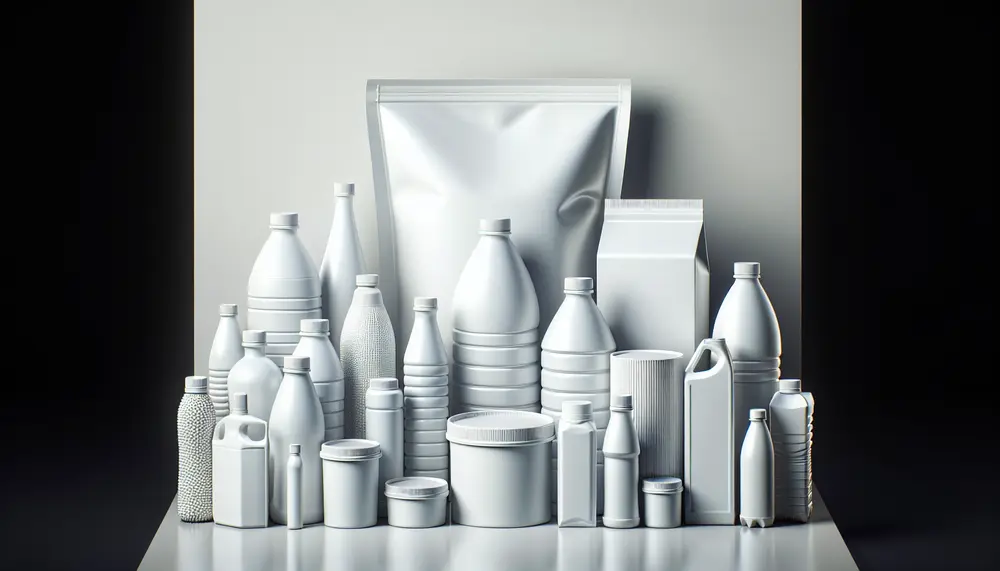
HDPE packaging is valued for its durability, lightweight nature, and resistance to environmental factors. It's versatile in shape and size customization, cost-effective during transport due to its light weight, and environmentally friendly as it's 100% recyclable. High-density polyethylene (HDPE) is a...
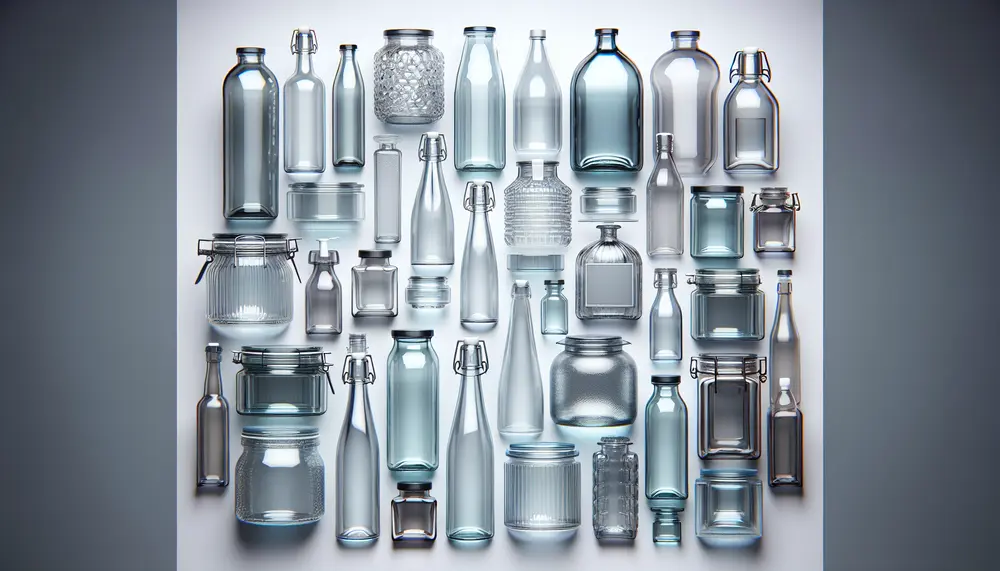
Glass packaging is valued for its durability, inertness, and transparency, ideal for storing various products while being 100% recyclable. Different types of glass like borosilicate and soda-lime are used in packaging due to their unique properties such as thermal resistance...

The German Packaging Law (VerpackG) aims to reduce packaging waste by holding producers and distributors accountable for the recycling of their product packaging, with strict compliance enforced through registration and reporting via the LUCID portal. All businesses introducing packaged goods...

The packaging and technology revolution is transforming product protection, preservation, and presentation through intelligent systems, AR/VR experiences, digital printing for customization, with a focus on data security in smart packaging solutions. This intersection of fields offers innovation opportunities across industries. Technology's...
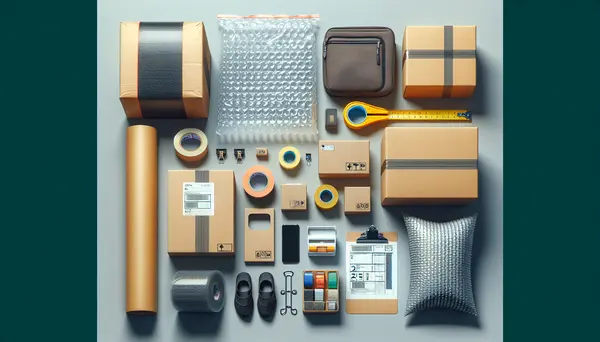
Zip packaging, also known as zip-lock or resealable packaging, is a versatile and functional form of product packing that maintains the freshness and quality of products. It plays a crucial role in ensuring product safety across various industries by preventing...

Packaging R&D involves innovating and improving packaging through material testing, prototype development, and performance analysis with a focus on sustainability. Companies like R&D Packaging lead in providing customized solutions that meet environmental standards while ensuring product safety. Innovation is key to...
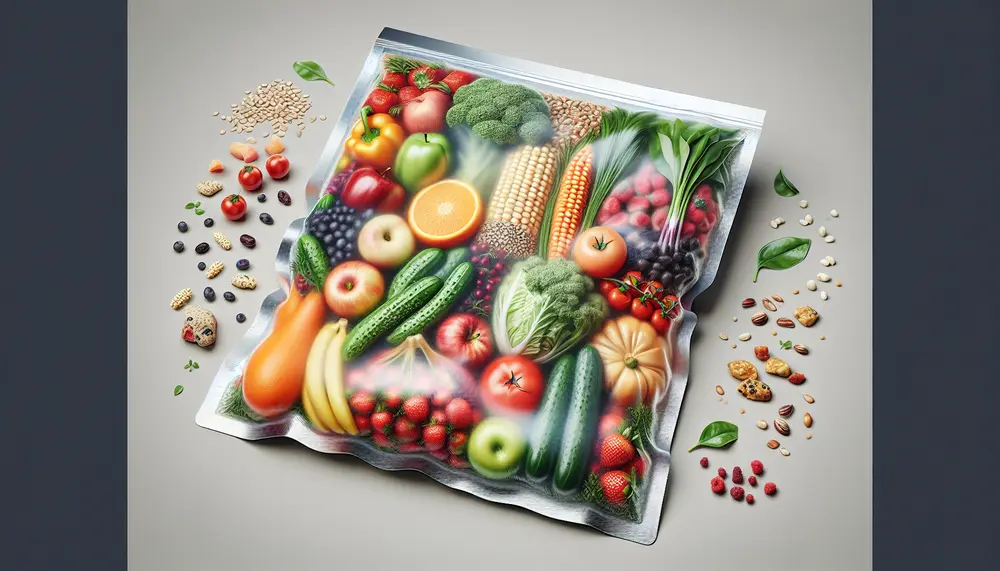
Vacuum packaging extends food shelf life by removing air to prevent microbial growth, oxidation, and moisture changes. It's versatile for various products and involves specialized machinery that creates a low-oxygen environment to protect against spoilage....

Food contact materials (FCMs) must be safe as they can transfer substances into food, with safety ensured through rigorous assessments and migration tests. The FDA regulates FCMs in the U.S., requiring scientific evidence for approval or recognition under GRAS standards....

Packaging plays a critical role in first impressions, influencing consumer perception and purchasing decisions within seconds by conveying brand identity and evoking emotions. Design elements like clarity, typography, imagery, consistency, and functionality are key to creating packaging that is both...
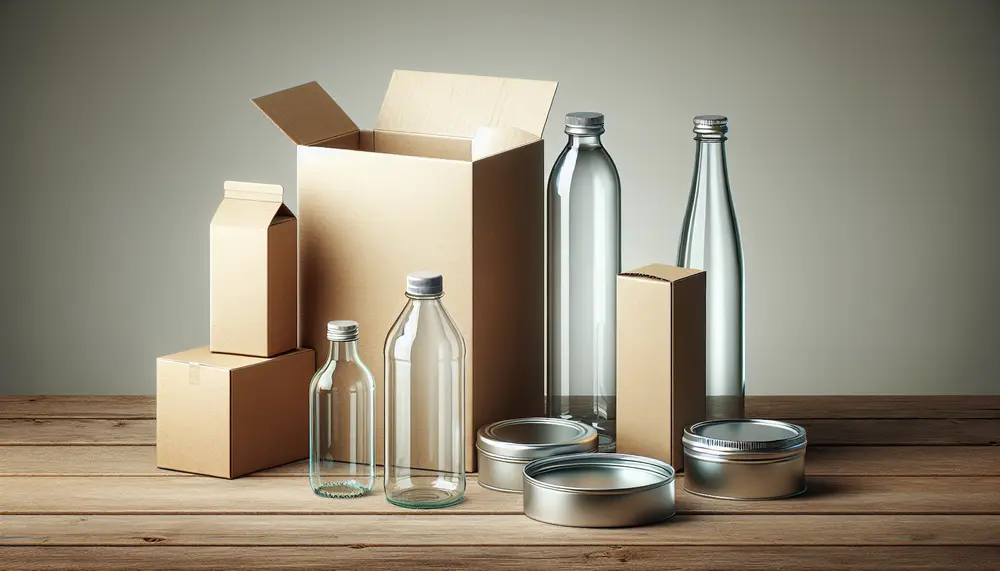
Packaging materials are crucial for product protection, branding, and environmental impact; choosing the right type depends on various factors including the product's nature and consumer trends. Paper-based options like corrugated cardboard and SBS paperboard offer sustainable choices with different balances...
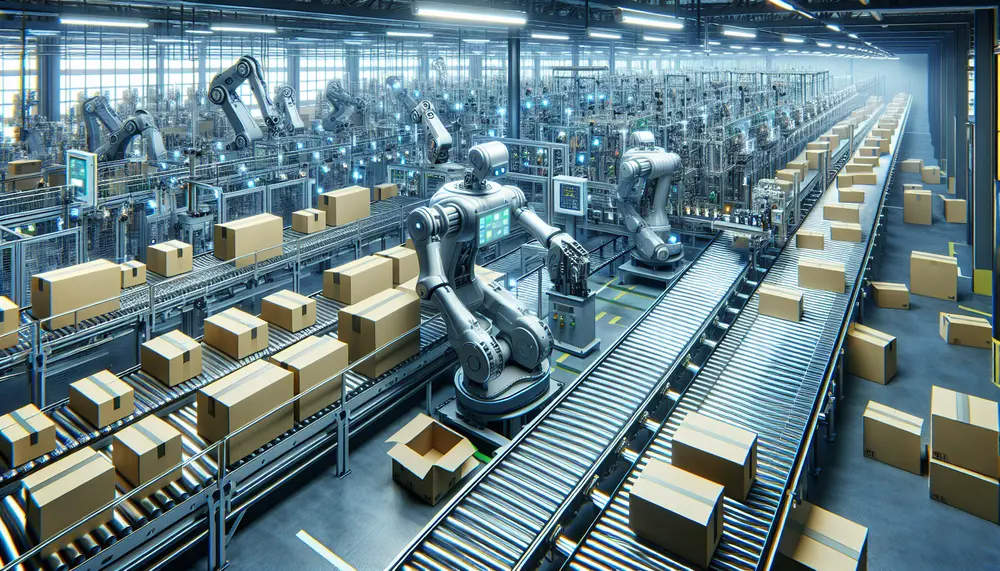
Packaging technicians play a crucial role in product delivery, operating machinery and selecting materials while prioritizing safety and quality. They require skills like basic math, GMP knowledge, analytical thinking, computer proficiency, teamwork, and communication to succeed. The job of a packaging...

Pharmaceutical packaging is a science focused on ensuring medicines are safe, effective, and user-friendly through primary, secondary, and tertiary types using various materials while adhering to regulatory compliance. Innovations in smart technology and sustainable practices continue to evolve the field...
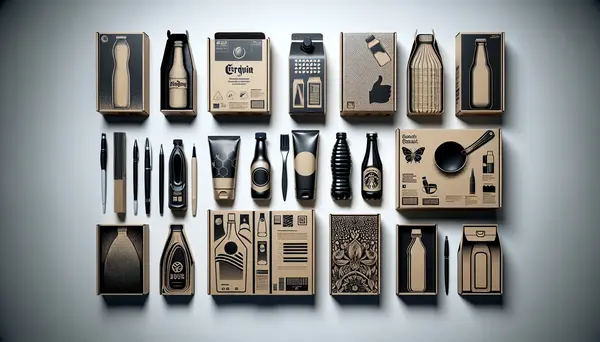
The article discusses the importance of innovative packaging solutions in today's business landscape, highlighting their role in product differentiation, quality preservation and consumer communication. It explores several game-changing trends such as eco-friendly packaging, smart packaging that offers interactive features like...
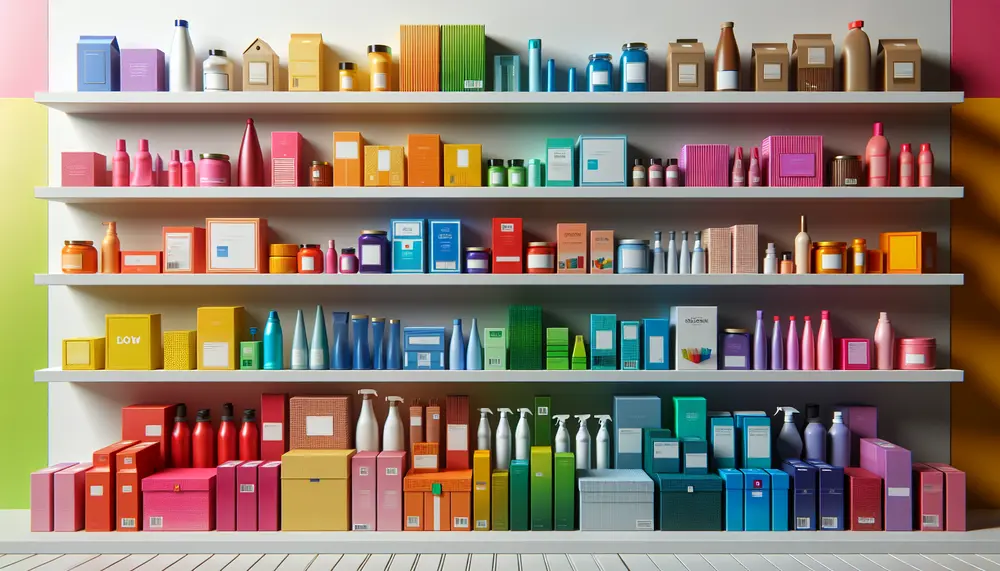
Holistic package design is an all-encompassing approach that enhances brand experience by aligning packaging with a product's core values, functionality, and consumer trends. It influences brand perception significantly through visual cues and functional aspects, fostering loyalty but may incur higher...

Sustainable packaging is a comprehensive approach to minimizing environmental impact throughout the lifecycle of packaging, essential for both ecological preservation and meeting consumer demand for green products. Eco-friendly packaging has become a significant factor in purchasing decisions, with consumers willing...
